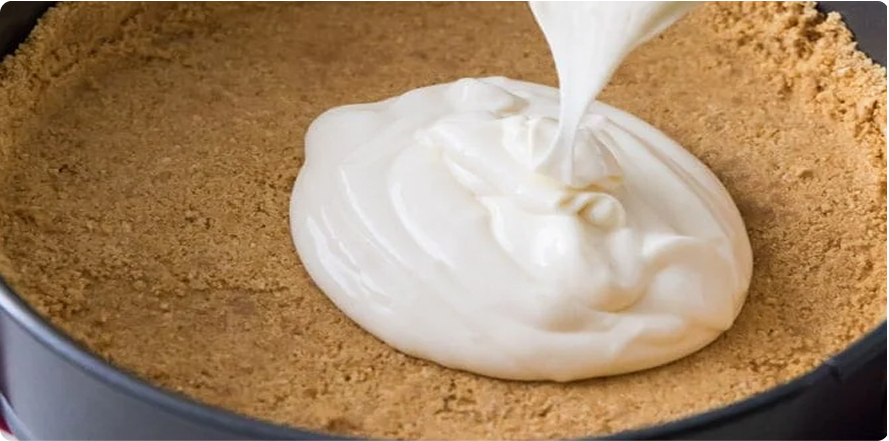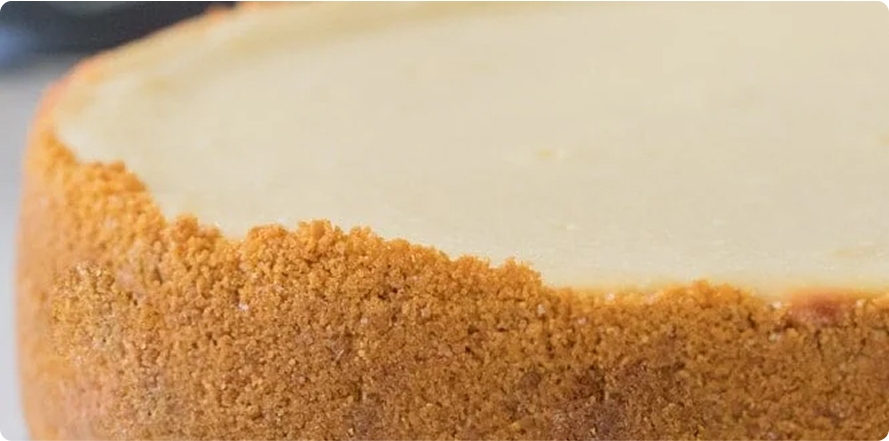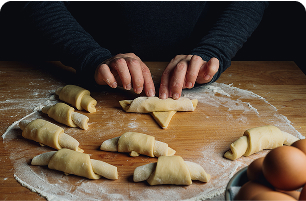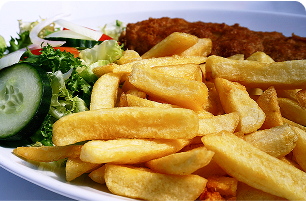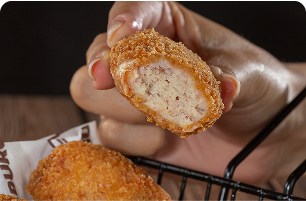Instructions
For a recipe with so few ingredients (cream cheese, eggs, sugar,
sour cream, vanilla & salt), it took a lot longer than you might
think to develop the perfect version. I’ve shared a few cheesecake
variations in the past but getting a perfected classic version took
lots of testing. Finally, here we are.
-
Use room temperature ingredients:
It’s important that your cream cheese comes to room temperature
before you begin making your cheesecake. This will prevent any
lumps and ensure a cheesecake with a smooth, creamy texture.
However, to ensure that all of your ingredients blend together
nicely and give you the desired result, they should all be at room
temperature before you begin.
-
Take it easy on the eggs:
Over-beating your eggs is one of the quickest ways to ruin a
cheesecake. Over-beating can ruin the texture and can cause
cracks. To prevent this, lightly scramble each egg before adding
it into your batter. Keep your mixer on low speed and stir
until just combined. Be sure to pause after each addition and
scrape down the sides and bottom of your mixing bowl.


